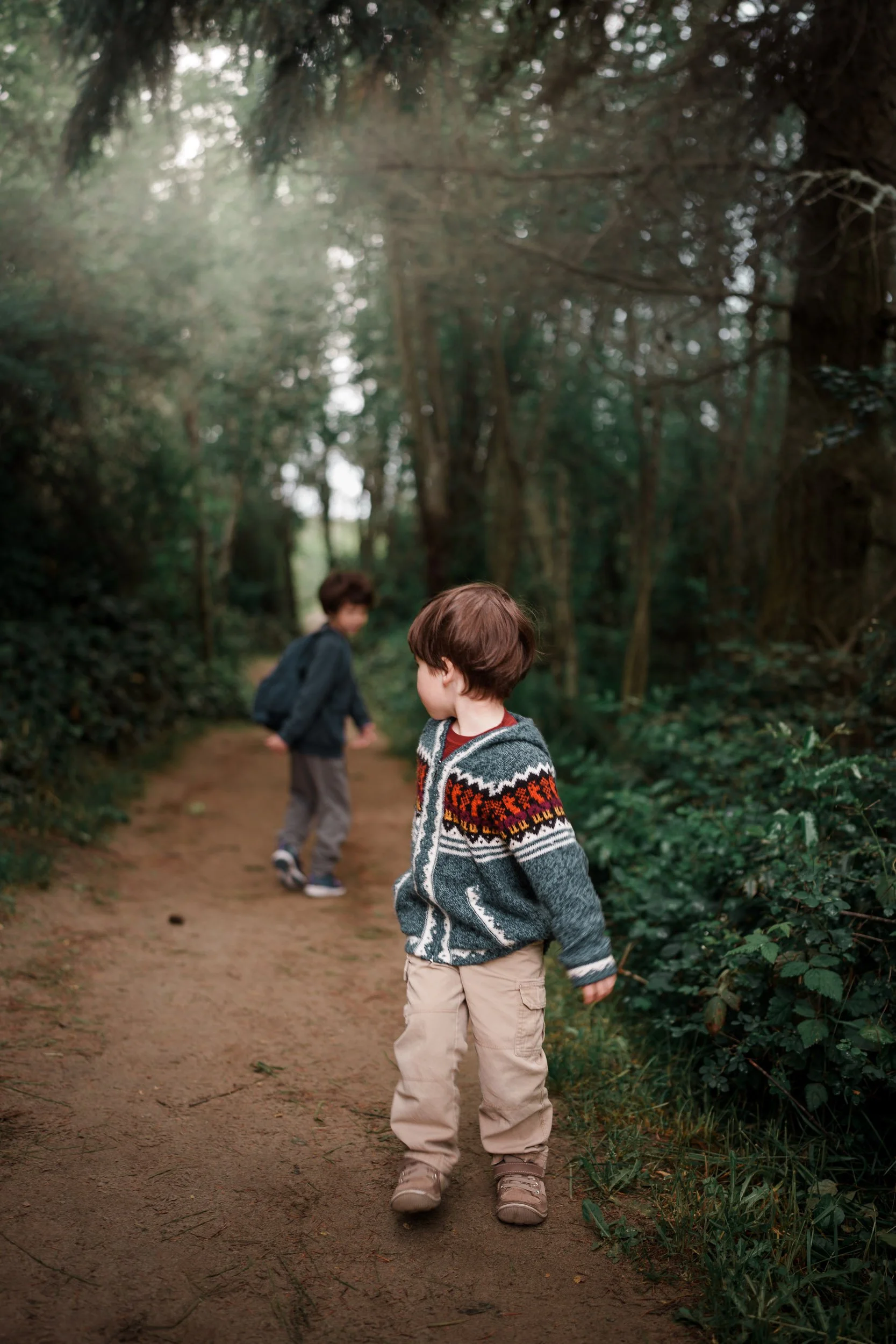How to Take Pro-Level Travel Photos Without Making Your Group Wait
Have you ever traveled with people who aren't photographers? You love chasing golden hour and that magical light, but when your travel companions just want to enjoy the moment, every photo opportunity becomes a negotiation. Sunrise means dragging everyone out of bed at 5am, sunset clashes with dinner plans, and when you finally spot that perfect shot, everyone's ready to move on. After photographing my family across 30+ countries on 5 continents, I've learned how to capture stunning travel photos without the friction — here are five strategies that actually work.
1. Capture While They Enjoy
Whether you're photographing people or places, don't pull your group away from their experience — photograph them within it.
Make your travel companions the subject.
Snap them naturally as they walk, laugh, shop, or explore. I often shoot quietly from behind — documenting, not directing. They enjoy the moment while I capture it.
Use them for scale and context.
A small figure in a grand landscape. A silhouette against the sunset. A family wandering through a local market. This adds story and perspective that pure landscapes often lack.
The key? Work with what's already happening rather than creating separate photo moments.
2. Anchor Your Moments
Don't chase every shot throughout the day. Instead,
choose one must-have photo window — usually during golden hour.
For me, that's almost always sunset rather than sunrise. Shifting dinner is easier than waking the whole family at 5am.
The rest of the day, I focus on storytelling: capturing actions, fleeting moments, adventures, colors, and details.
Then at golden hour — when my family has explored what they wanted and is ready to wind down — I create my "hero shot" for the day without stress or competing agendas.
It's not about taking more photos. It's about capturing the right ones intentionally and confidently. This approach balances travel activities for everyone, so no one feels rushed or guilty.
3. Be Photo-Ready at All Times
Yes, I bring 4–5 lenses for an entire trip — but on any given day?
I keep it light. Usually just one camera, one lens. Sometimes two.
Here's my simple decision tree:
Outdoors? 24–70mm f/2.8 zoom (see why this lens accounted for more than 50% of my photos taken on our 5-month Europe trip)
Indoors or evening walks? 35mm f/1.4 prime (see in-depth review of Sony 35mm f1.4)
Expecting wide-open views? Add a 70–200mm telephoto (see in-depth review of Canon RF70-200 f2.8)
Why this works:
Less gear = less fumbling
Fewer decisions = quicker shots
No one waits while you swap lenses
If I carry two lenses, I follow one rule: change once. On a hike, I'll use one lens going out, switch for the return.
The key isn't having the "right" lens — it's making a decision and sticking with it. This forces creativity and keeps you focused on framing rather than fiddling.
Photo Tip
Don’t have a mirrorless camera? Or think of upgrading? This free guide is your ultimate resource to make a smooth transition. Learn the key differences, must-know tips, and how to choose the best mirrorless camera (and lens) for your needs.
4. Use Only Two Camera Modes
After taking over a million shots across 20 years, I rely on just two modes:
Aperture Priority
Manual
That's it.
For people, I shoot wide open for shallow depth of field. For landscapes? Often the same — yes, even at f/2.8.
This is a huge shift from a decade ago when I'd always shoot landscapes at f/8 or higher with a tripod. Now I often shoot handheld, even from moving boats or roadsides — because I know how to work with light and settings quickly, without making family wait.
Like that sunrise shot from a sailboat in Positano along the Amalfi Coast. Read more about 1-Week Charter Sail In Amalfi Coast Italy - Our Itinerary and Favorite Islands.
Or the roadside capture at the Tibet-Sichuan border. No tripod. No 10-stop filter. No complicated setups. Just fast, clean, professional results. (read more about Capturing the Spirit of Western Sichuan in China: A Photographer’s Guide to the High Plateau Near Tibet)
When do I use manual? Mainly in low light or when photographing still subjects.
I never use shutter priority — aperture is the most defining setting in travel photos, and I want full control over depth of field every time.
Less mode switching means less fumbling, fewer missed moments, and less waiting for others.
5. Know What Makes a Great Photo
If you're just starting out, you might think great gear or full manual settings create great photos. If you've been shooting DSLR or mirrorless for a while, you might think it's all about editing.
Here's the truth: both help, but neither guarantees great results.
So what does? Light? Focus? Composition? Settings? Color grading?
It's all of them working together — plus something more.
You can't just:
Master manual mode and call every sharp photo great
Apply rule of thirds and assume strong composition
Swap skies with AI and claim you captured a great scene
Use shallow depth of field and call it a professional portrait
A great photo is your interpretation of the world. It's your story. And viewers should feel something within seconds.
Without a system, you'll keep guessing: What to shoot? When? Which lens? What settings? How to compose? Where to even start with editing?
You'll waste time, undershoot, overshoot, spend hours culling and deleting — or worse, leave photo projects untouched for months.
All while your family waits.
Now imagine having clarity: knowing what to photograph, which settings to use, how gear, light, story, and composition work together.
That clarity changes everything. You become more intentional. More present. More productive — both behind the lens and with the people you love.
Ready to develop this clarity?
My course Document Happiness breaks down this entire system with real-world examples and repeatable frameworks. It's helped many hobbyists create meaningful photos without slowing down their trips.




























Hiking the Aiea Loop Trail on Oahu, Hawaii taught me more about travel photography than any perfect golden hour ever could. From muddy trails to shifting fog over H3, this story is a reminder that the best images often come from the unexpected moments along the way.